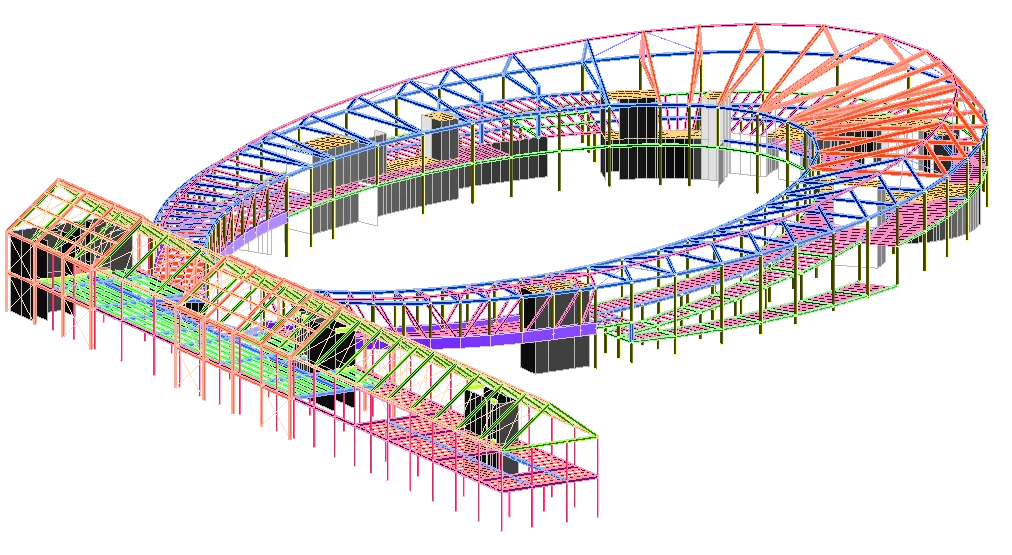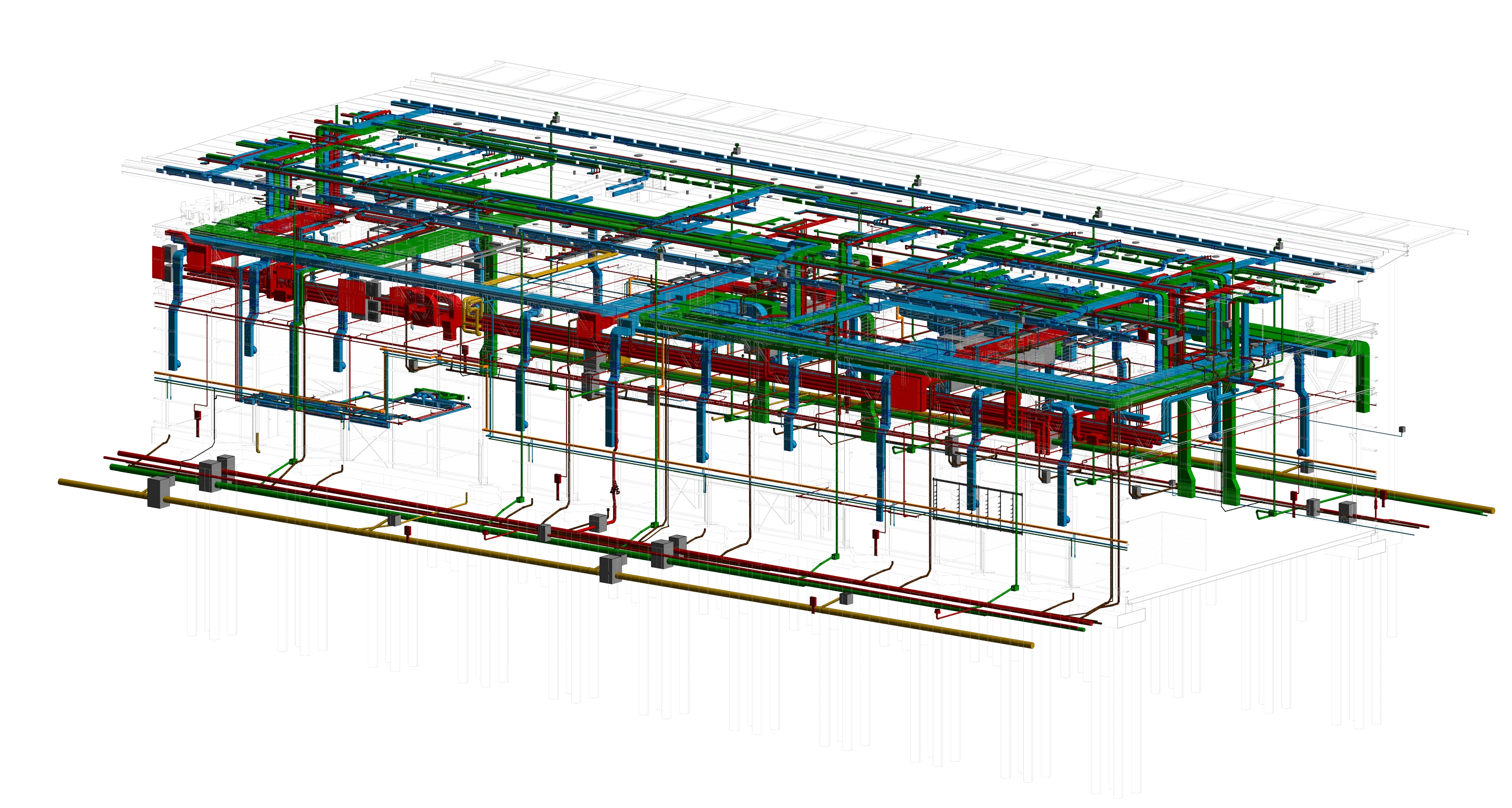How a BIM consultant helps architecture firms grow and innovate
Today, practicing architecture increasingly means focusing on process optimization and maximizing profitability. These aspects — not strictly design-related — are no longer just ambitions, but rather essential principles for the professional and financial sustainability of any firm of a certain scale. Or at least, they should be.
In this context, Building Information Modeling (BIM) has emerged as a central tool. We’re no longer in the experimental phase: BIM is now widely adopted across both private and public sectors — where, in many cases, it has even become a mandatory requirement.
But the real question is no longer whether to adopt BIM, but how to do it strategically. How can BIM implementation actually impact a firm’s operational margins, day-to-day productivity, and long-term growth? And how can a BIM consultant turn this shift from a regulatory obligation into a true driver of value?
Let’s try to answer that in the following paragraphs.
BIM and the Financial Sustainability of a Firm
As mentioned, for most architecture firms, adopting BIM is no longer a discretionary choice but a necessity — driven by an increasingly demanding market and a constantly evolving regulatory framework (just think of the mandatory use of BIM in public tenders above certain thresholds).
However, the initial investment and the complexity of implementation can make it difficult to assess short-term profitability.
It’s not enough to simply purchase a software license; in many cases, it’s necessary to re-engineer internal workflows and invest in staff training to ensure that the capital invested generates a tangible return. The difficulty of accurately estimating the time and cost involved — combined with the uncertainty that too often characterizes the construction industry — is one of the main reasons many mid-sized firms still struggle to justify a full transition to BIM.
To address these challenges, many studios choose to work with a BIM consultant or a specialized firm. Whether it’s to support a specific project or to guide a full transition, the BIM consultant helps ensure that both technical and management requirements are met — training the in-house team and supporting them throughout the implementation process. In this sense, turning to a BIM consultant is often the most strategic choice.
A True Digital Transformation
From an operational standpoint, how can a BIM consultant impact the day-to-day workflow? Adopting BIM means radically rethinking how design is approached. The transition requires redefining operational processes, individual responsibilities, and the internal decision-making chain. When guided by a structured adoption plan, BIM implementation becomes a productivity accelerator throughout the entire building lifecycle.
The integration of advanced visualization tools into the workflow, for example, is a strategic asset even in the early stages of acquiring new commissions. Photorealistic rendering, walkthrough animations, and immersive virtual reality — all derived directly from the BIM model — make it easier to communicate with non-technical clients, significantly increasing the conversion rate of commercial proposals.
An effective BIM implementation also helps mitigate professional risks: reduced interdisciplinary clashes, optimized quantity take-offs, and greater precision in scheduling result in projects delivered with minimal errors and better alignment with timelines. All of which directly impact project profitability and the firm’s overall reputation.
In addition, BIM allows the integration of heterogeneous data — such as point clouds from laser scanning, GIS datasets, or cadastral information — into a single Common Data Environment. This kind of data management reduces information redundancy and ensures consistency across all project documents, eliminating the risk of discrepancies between plans, elevations, and sections.
Equally important is process automation and modularization of workflows. BIM enables the automation of resource-intensive tasks such as generating schedules, producing standardized layouts, or updating technical drawings. This frees up time for higher-value activities like architectural design and client communication. Similarly, using certified parametric libraries or modular design solutions speeds up modeling, reduces errors, and optimizes the production of project deliverables.
BIM as a Strategic Asset
In short, BIM offers a tangible opportunity for design firms to increase both productivity and profitability. The benefits range from optimizing internal processes and acquiring new projects, to reducing professional risk and streamlining day-to-day workflows.
Efficient resource and process management allows firms to handle increasingly complex projects without necessarily expanding their internal team — giving mid-sized studios the chance to compete on equal footing with larger organizations.
The integration of advanced technologies such as Scan to BIM further amplifies these opportunities, opening new market segments in building restoration, energy retrofitting, and the digitalization of the built environment.
However, fully unlocking the potential of BIM requires more than just updating software. It calls for a clear strategy, ongoing training, and constant monitoring of operational performance.
Choosing to adopt BIM in a thoughtful and structured way means investing in your firm’s financial stability today — and in its professional growth tomorrow.


